japanese pagoda tree pros and cons
The pagoda tree is a member of the Family Fabaceae commonly referred to as the Pea Family. The flowers buds and fruit are used in traditional medicine.
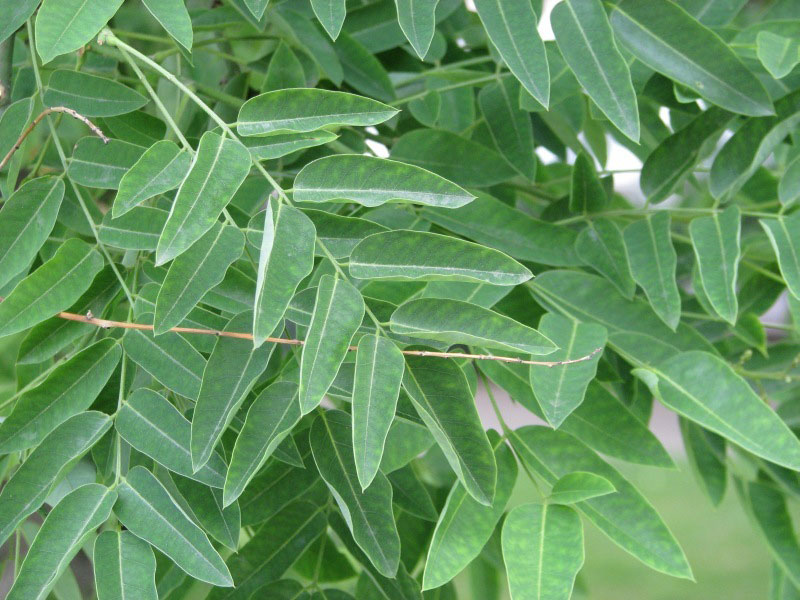
Pagoda Tree Facts And Health Benefits
The fruit is a narrow inedible pod.

. Some identifying characteristics are its oval leaflets gray-brown bark and shiny green twigs. Japanese Pagodatree is a tree. Best used for High Blood Pressure.
50 - 82 Other. It bears alternate compound leaves each carrying about 7 to 17 leaflets. This seems more appropriate despite the Japanese reference in its scientific names since the tree.
It is a revered tree in the Far East. Japanese blueberry tree pros and cons. The Japanese pagoda tree is originally from China.
Pagoda tree Styphnolobium japonicum is a plant found in China Japan and Korea. 5b - 9a Wetdry. Now that you know how tree roots work and where they are likely to spread lets go over some pros and cons of planting trees in your yard.
The Japanese pagoda tree Sophora japonica also called the Chinese scholar tree is a native of China and Korea that thrives in US. The tree grows to be 40 60 feet tall with a spread of 40 60 feet. It offers frothy flowers when in season and fascinating and attractive pods.
The Pagoda Tree has a broad form that can reach 70 though 40 to 50 is more commonThe Japanese Pagoda Tree has a juvinile growth period that lasts. Tree Of The Month Japanese Pagoda Tree Casey Trees Japanese Pagoda Tree Care And Growing Guide. The Chinese scholar tree is another name for the Japanese pagoda tree.
The Japanese pagoda tree has very large clusters of small white flowers that cover the tree in the late summer. The outer layer of flower pods are wrapped tightly around each fruit making each pod resemble a string of beads. Seedpods of japanese pagoda tree.
The one fall back of using wood as the entire structure is that. Apricot cherry peach and plum. This ornamental tree is native to China Korea and Vietnam.
This is exactly why Linnaeus decide to get things organized. Regent rapid growth profuse. Type slow-growing tree.
The wood of pagoda tree is weak. It grows in a tropical climate. Shown that the tree would look its best in a rich and well-drained soil.
Because of this the flowers and fruit of the pagoda tree share features associated with garden peas. Seedpods of japanese pagoda tree. Clay loam sandy soils.
The trees compound leaves which range from 6 to 10 inches in length contain 7 to 17 ovate dark. Styphnolobium japonicum. Common Name Japanese pagoda tree.
Huai Hua Mi Japanese Pagodatree Pods. Regent rapid growth profuse. The Japanese Blueberry Tree scientifically known Elaeocarpus Decipiens is a medium-sized evergreen tree that can be grown in USDA zones 9A 11.
The Japanese pagoda tree is often called the Chinese scholar tree. Tolerates drought Native range. The flower is a pleasant creamy-white color or slightly yellow.
Wonderful for use as a container specimen. It grows at a moderate rate reaching from 35 feet up to 75 feet in height with a comparable. Its native to South Japan South China and warmer areas of South Korea and prefers partial sun to full sun and well-drained soil.
The Japanese Pagoda tree grows to about 12 to 23 meters in length. 1-2 25-5 cm long usually ovate with pointed tip and rounded base. And the tree is cultivated as an ornamental in many places.
Japanese Pagodatree Flower. The Japanese pagoda tree grows 1223 metres about 4075 feet tall and features alternate compound leaves with 7 to 17 leaflets. Japanese Pagodatree Fruit.
Trees do best in areas with full sun or partial shade and moderate amounts of water. The compound leaf is 6-10 inches long with each leaflet measuring between 1-2 inches. The Japanese pagoda tree has few known pests.
It grows up to 20 M. Long drooping clusters of fragrant ivory flowers. The Japanese pagoda tree Sophora japonica or Styphnolobium japonicum is a showy little shade tree.
The Japanese Pagoda Tree Sophora japonica now known as Styphnolobium japonicum has had a latin name change since it was found to not have the expected ability to fix nitrogen with a symbiotic bacteria. Optimum conditions for growth. 5-11 13-28 cm long.
50 - 70 Site characteristics. Following are the cons of Zelkova tree. Pros Cons of Planting Trees in Your Yard.
FYI Red Dragon Japanese Maple is reported to be more heat tolerant but is a slower grower. Pagoda tree contains chemicals similar to. The yellowish white flowers about 1 cm 04 inch in length grow in loose showy clusters 3035 cm 1214 inches long.
Despite its name the Japanese pagoda tree Styphnolobium japonicum is native to China Korea and VietnamIt is also known as the Chinese scholar tree and the Japanese scholar tree. The Japanese pagoda tree is often grown as a shade tree in lawns or on patios however flowers and seedpods often leave stains on pavement. It usually grows 25 to 35 feet tall but can sometimes reach heights of up to 100 feet.
Botanical name Styphnolobium japonicum formerly Sophora. This useful street tree can reach a height of 75 feet or more with the compound foliage throwing a light dappled. Pros and Cons of the Mimosa Tree.
Known as the Scholar Tree or Chinese Scholar Tree Pagoda Trees have been planted for their beautiful. Sophora japonica key facts. Huai Jiao Japanese Pagodatree Fruit is cold in nature.
As you can see the pagoda trees growth habit is very rounded resulting from the loss of the central leader at an early age. Sheng Huai Jiao Japanese Pagodatree Immature Fruit. The wood is useful in construction.
Its a low-branching dwarf tree with a delicate weeping form thats sun-tolerant in cooler regions and best in a bright dappled shade setting elsewhere. When the flower petals fall to the ground it may appear as though the tree is skirted with a white blanket. In soils with extremely high pH or too compacted the tree appears to develop chlorosis.
Height 60 feet 20 meters Breadth 45 to 60 feet 15 to 20 m Exposure. Japanese blueberry trees are more resistant than related evergreen trees to neutral to somewhat alkaline soils. Attractive cream-colored flowers in late July.
Princeton Upright upright.
/japanese-pagoda-tree-care-5186863-hero-b959bcf0d99349dcaef36a3b9e0cfeb0.jpg)
Japanese Pagoda Tree Care And Growing Guide
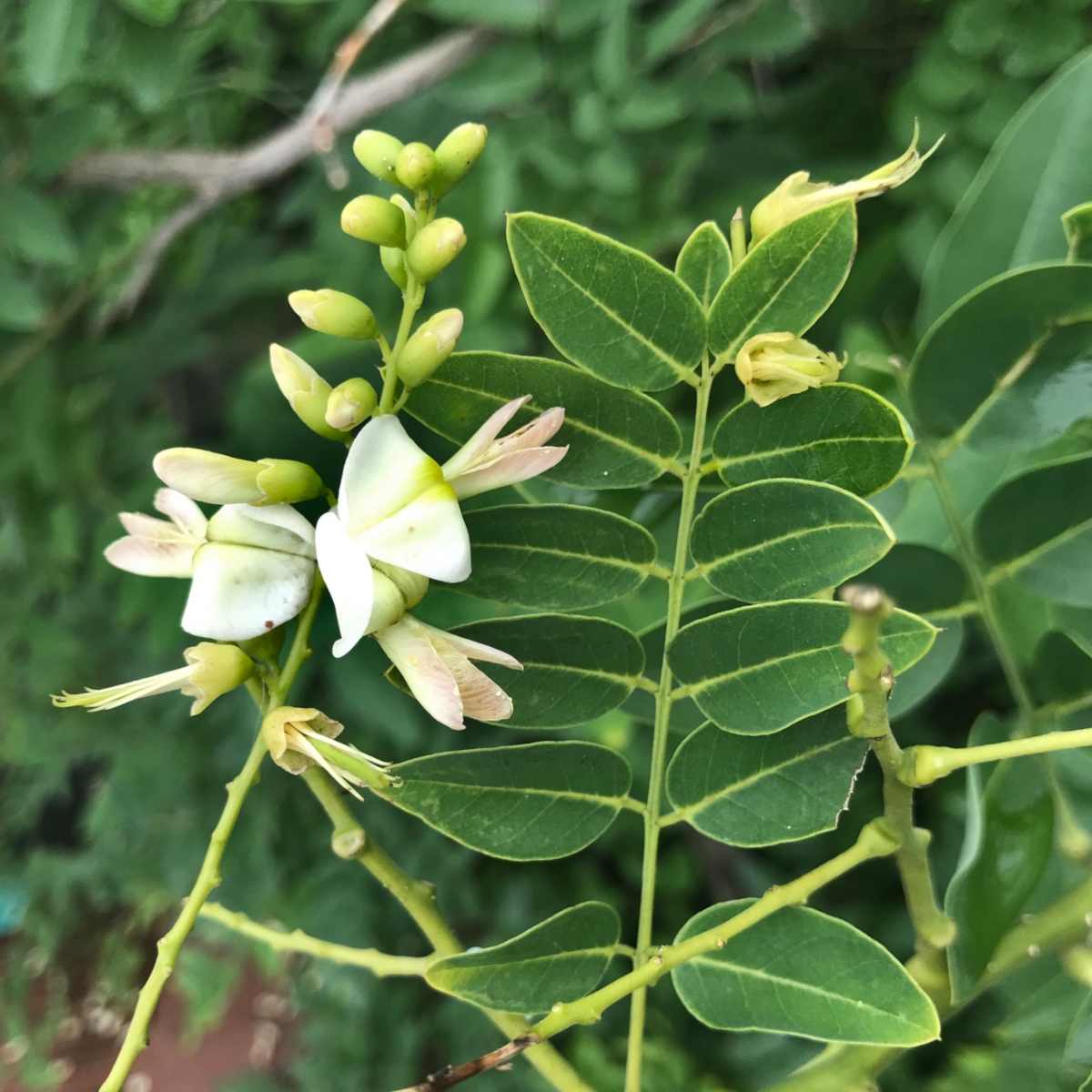
Japanese Pagoda Tree An Elegant And Airy Slow Growing Giant For Parks
:max_bytes(150000):strip_icc()/japanese-pagoda-tree-care-5186863-06-ea23bcea86d74cdd998d083e1da1f11e.jpg)
Japanese Pagoda Tree Care And Growing Guide
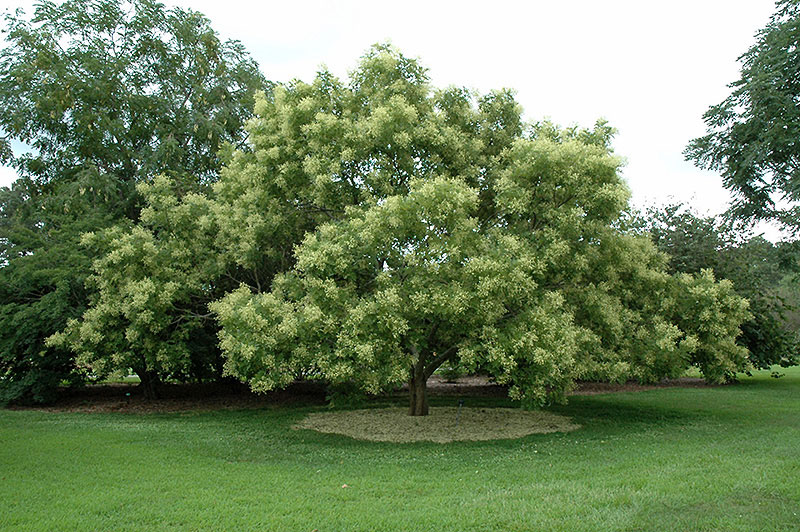
Pagoda Tree Facts And Health Benefits

Pagoda Dogwood Information What Are Pagoda Dogwood Growing Conditions
:max_bytes(150000):strip_icc()/japanese-pagoda-tree-care-5186863-07-678db2e12f964f979141917e3892ee54.jpg)
Japanese Pagoda Tree Care And Growing Guide
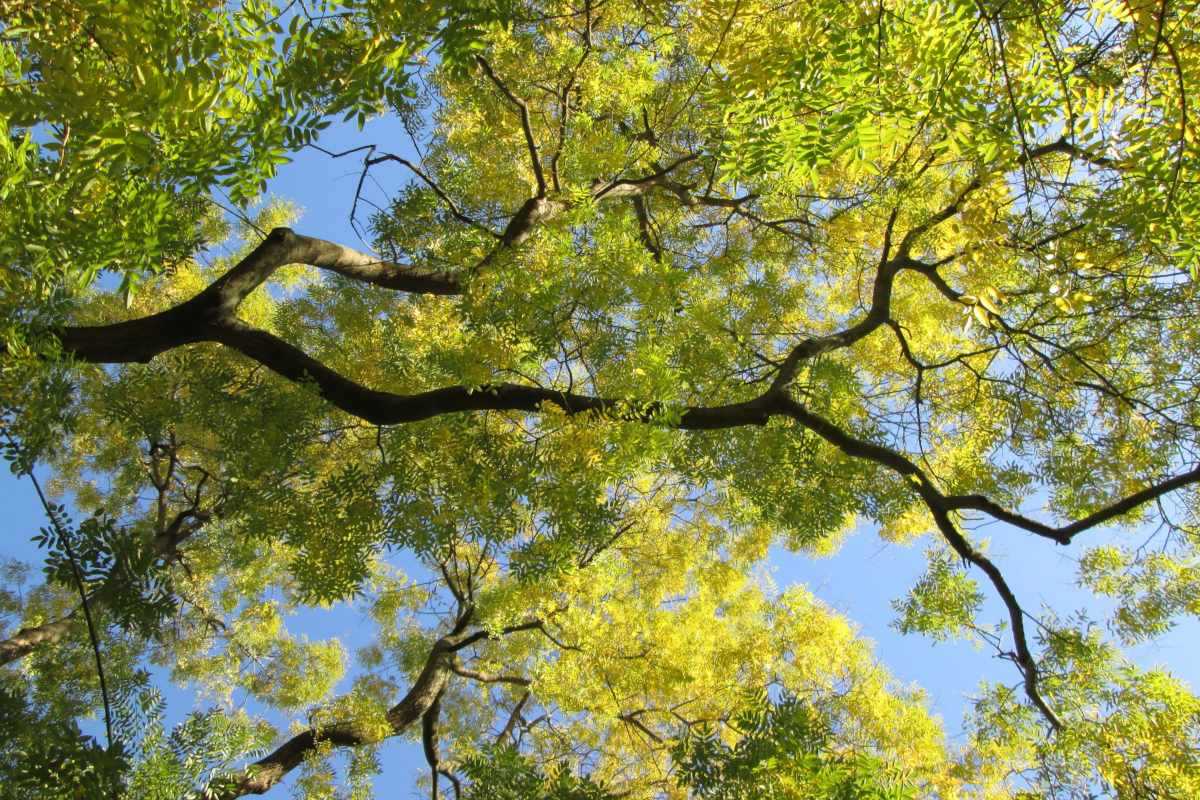
Japanese Pagoda Tree An Elegant And Airy Slow Growing Giant For Parks
:max_bytes(150000):strip_icc()/japanese-pagoda-tree-care-5186863-04-eea66be4d0454af08c590e51a6e51aca.jpg)
Japanese Pagoda Tree Care And Growing Guide

Sophora Japonica Japanese Pagoda Tree Or Chinese Scholar Tree 40 Seeds In 2022 Japanese Pagoda Trees To Plant Tree Identification

32 Of The Best Fast Growing Trees To Plant In Your Garden
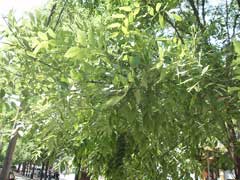
Sophora Japonica Japanese Pagoda Tree Scholar Tree Pfaf Plant Database
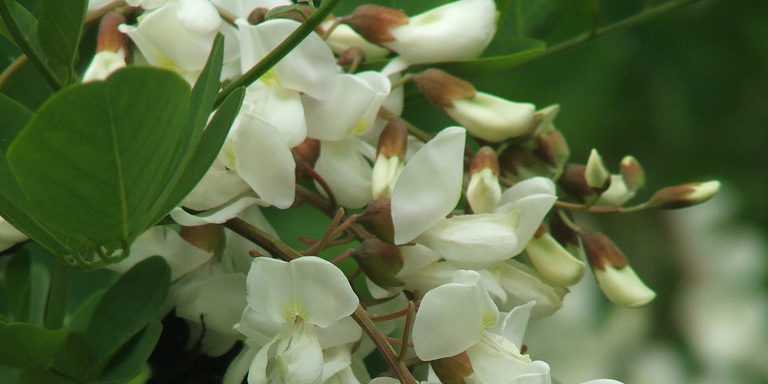
Tree Of The Month Japanese Pagoda Tree Casey Trees
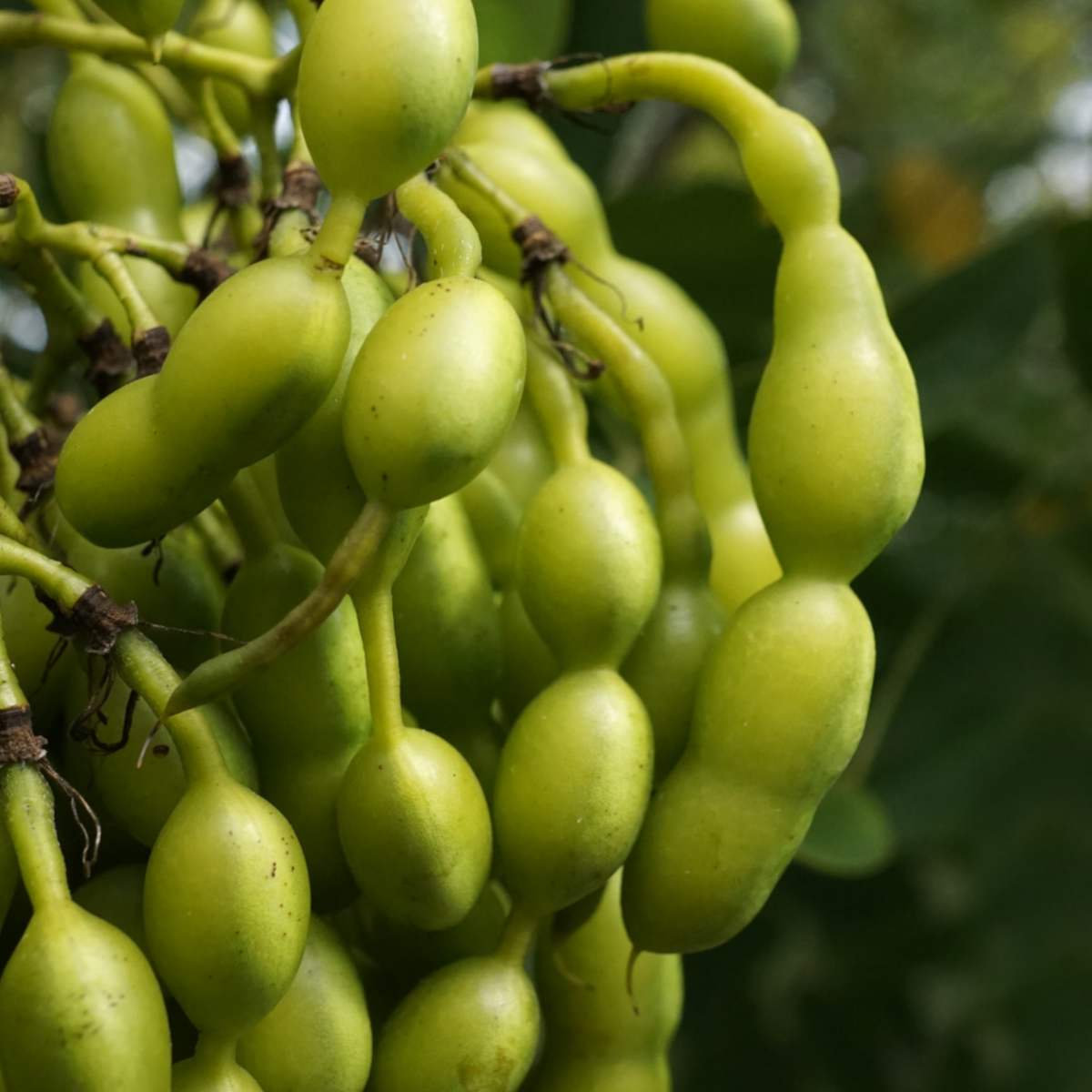
Japanese Pagoda Tree An Elegant And Airy Slow Growing Giant For Parks
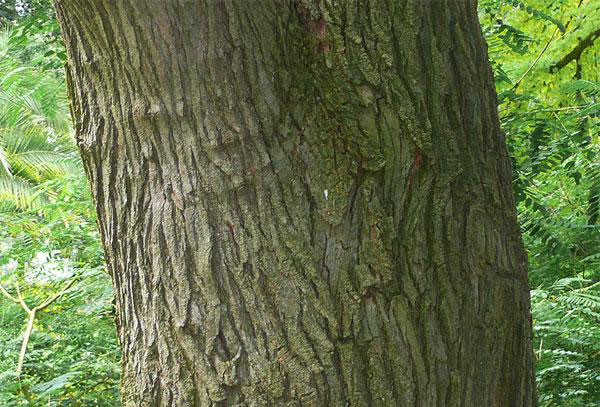
Pagoda Tree Facts And Health Benefits

What Is Sophora Japonica Learn About Japanese Pagoda Tree Care

Fast Growing Trees For Creating Privacy Better Homes Gardens

What Is Sophora Japonica Learn About Japanese Pagoda Tree Care

:max_bytes(150000):strip_icc()/japanese-pagoda-tree-care-5186863-02-40fc3009a3e544499b255f71c2f98b8a.jpg)